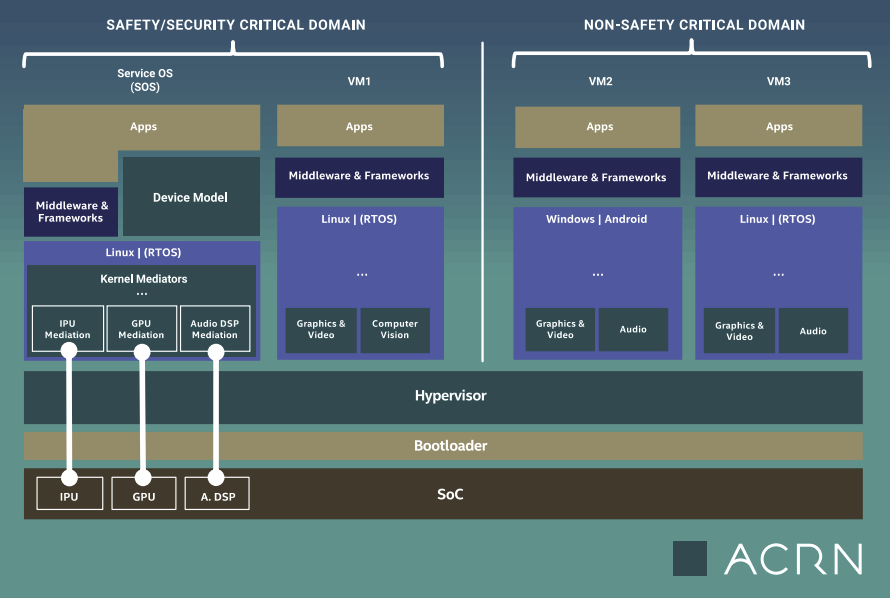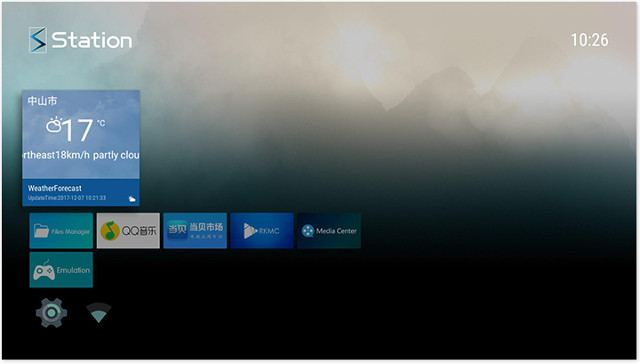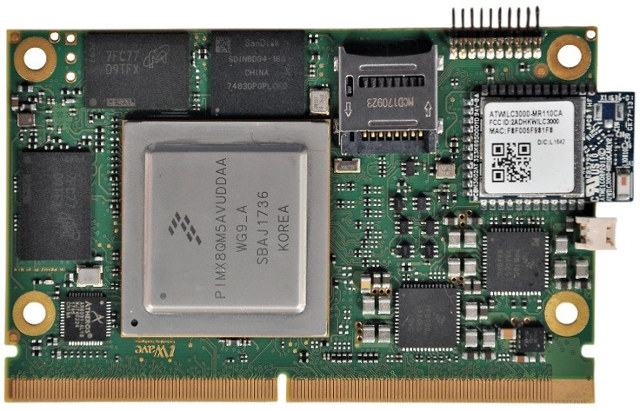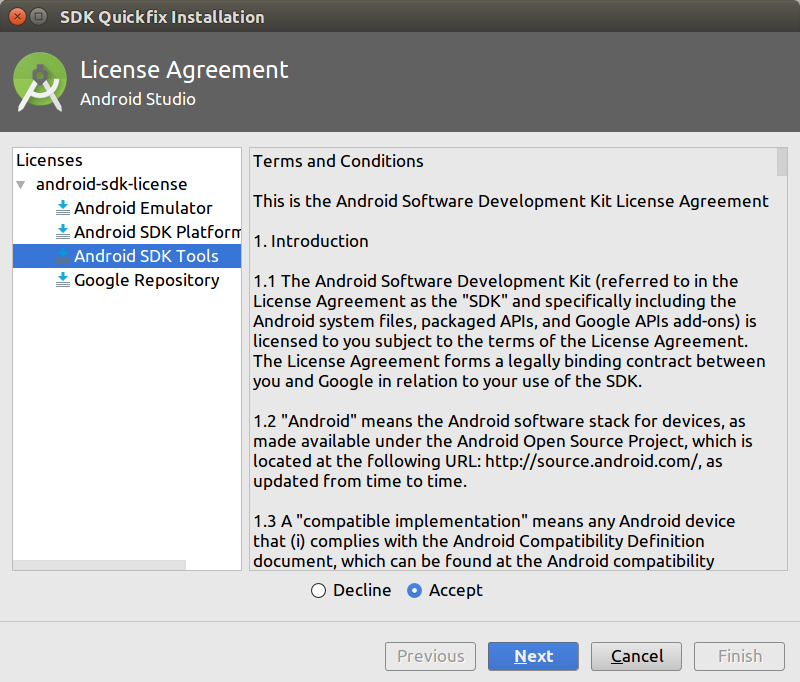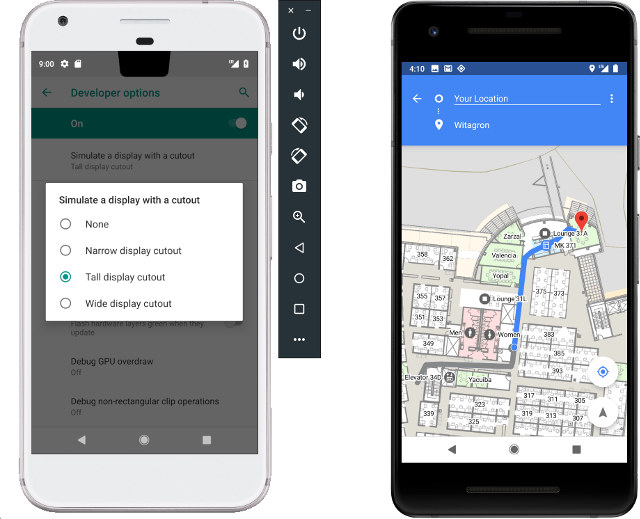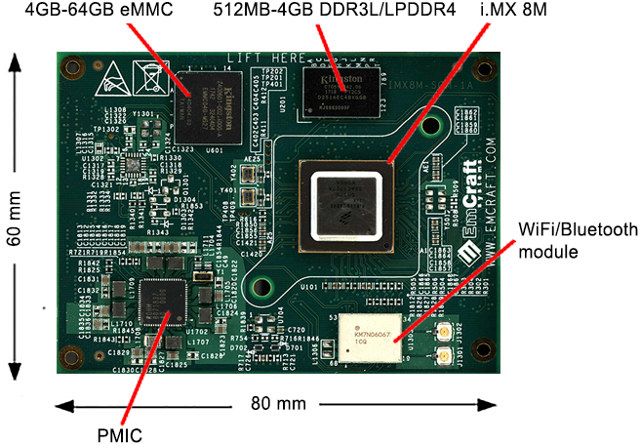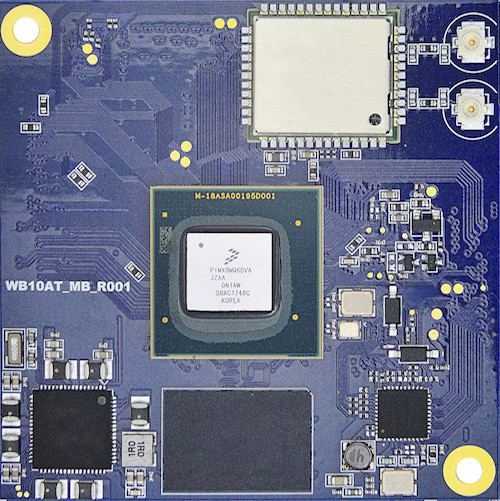ACRN – pronounced “acorn” – is an open source reference hypervisor with a small footprint, real-time capabilities, adaptability with support for Linux, Android, and RTOS guest operating systems, built for safety critical code in mind, and specifically designed for IoT and embedded devices. The project is managed / supported by the Linux Foundation. A few more details about some of the key features of the solution: Two main components: the hypervisor itself, and its device model complete with rich I/O mediators managed by Linux-based Service OS (SOS). Small footprint – Approx. 25K lines of code (LOC) for ACRN hypervisor against 156K LOC for datacenter-centric hypervisors. Real Time – Low latency, enables faster boot time, improves overall responsiveness with hardware communication Adaptability – Multi-OS support for guest operating systems like Linux, Android, RTOSes… Safety Criticality – Safety critical workloads have priority, isolation of safety critical workloads Built for Embedded IoT – Virtualization […]
Android based Station OS Firmware Focuses on Multimedia and Retro Gaming for ROC-RK3328-CC and Firefly-RK3399 Boards
If you’re interesting in gaming and multimedia, one choice is to run Linux based RetrOrangePi or RetroPie on your favorite development board/SBC, and soon, with the upcoming release of Kodi 18, multimedia and retro gaming will just be an app installation away in Android, and other supported operating systems, since RetroPlayer retro-gaming emulator is part of the latest – and yet-to-be-released – version of Kodi. In the meantime, if you own a ROC-RK3328-CC and/or Firefly-RK3399 board(s), you may want to try Station OS, a firmware based on Android with a focus on 4K video playback and retro gaming. The description claims that Stations OS includes “more than 20 kinds of optimization for video and games, achieve multimedia center, Kodi 4K hardware decoding, game simulator hardware acceleration, real-time cast screen display, network acceleration, perfect Root.” The firmware does not use Kodi directly, but RKMC fork instead with some improvements, and they […]
iWave Systems iW-RainboW-G27M SMARC 2.0 SoM Features NXP i.MX8 QuadMax Processor
We’ve previously seen SECO will soon launch SM-C12 SMARC 2.0 SoM powered by NXP i.MX 8M processor, but there’s not the only company working on a SMARC 2.0 compliant system-on-module powered by the latest NXP 64-bit Arm processor, as iWave Systems iW-RainboW-G27M module should be coming up soon with a more powerful NXP i.MX 8QuadMax Arm Cortex A72/A53/M4 processor coupled with 4GB LPDDR4 RAM by default. The i.MX8QuadMax SMARC System-on-Module targets “complex embedded application of consumer, medical and industrial embedded computing applications”. iWave Systems iW-RainboW-G27M specifications: SoC – NXP i.MX8 QuadMax processor with 2x Cortex-A72 @ 1.8 GHz, 4x Cortex-A53 @ 1.2 GHz,2 x Cortex-M4F @ 266 MHz, 2x Vivante GC7000XSVX GPUs, and a 4K H.265 decode & 1080p h.264 enc/dec capable VPU System Memory – 4GB LPDDR4 (Expandable) On-module Storage – 16GB eMMC Flash (Expandable), micro SD slot, optional 256MB QSPI Flash On-module Connectivity – 2x Gigabit Ethernet PHY, […]
Acer Iconia One 10 is a 10.1″ Tablet Powered by Mediatek MT8167B Quad Core Cortex A35 Processor
So far, I had not seen that many devices based on Arm Cortex A35 64-bit cores which promise better performance than Cortex A7, while consuming 32% less than a Cortex A53. But Mediatek released MT8167B quad core Cortex A35 last year supporting 1080p30 video decoding, and HD+ (1280×800) displays. There’s also a Mediatek MT8167A SoC clocked at a higher 1.5 GHz, capable of handling higher resolution 1920×1200 displays, and 1080p60 videos. Acer Iconia One 10 tablet – also released last year – is powered by MT8167B SoC, and comes with 2GB RAM, 32GB storage, and a 10.1″ HD+ Display. Acer Iconia One 10 (B3-A40) specifications: SoC – MediaTek MT8167B quad core Cortex A35 processor @ 1.30 GHz with Imagination PowerVR GE8300 GPU System Memory – 2 GB DDR3L RAM Storage – 16 or 32GB storage, Micro SD Card slot up to 128 GB Display – 10.1″ IPS touch screen display; […]
Scrcpy Open Source Software Let You Control an Android Phone via a Windows, Mac OS, or Linux PC
Have you ever wished you could control or mirror your Android smartphone using your computer? Scrcpy, a free and open source program by Genymotion may fit your needs, and works on Windows, Mac OS or Linux. You just need to install (or build) a program on your host computer, connect your phone via USB, switch to developer mode, enable USB debugging, and run the program which will automatically install the server (a jar file) on your phone, which does not need to be rooted. The easiest way to try is with Windows since the developers already provide pre-built binaries, but I installed it on Ubuntu 16.04 instead since it is the operating system I use daily. Some of the packages in Ubuntu 16.04 are a bit old so it took me a couple of hours to successfully install it, and I’d recommend going with Ubuntu 17.10 or 18.04 daily build […]
Android P Developer Preview Released with Indoor Positioning, Display Notch Support, HDR VP9 Video, and More
Google has just announced the release of the first developer preview for Android P mobile operating system, as the company is looking for feedback from developers who can use the official Android emulator, as well as images for Pixel, Pixel XL, Pixel 2, and Pixel 2XL devices for testing Google will take into account comments from developers before finalizing the APIs and features. That won’t be the only preview however, as the company plans to release other developer previews planned before the stable release at the end of the year, and Google aims to reveal more at Google I/O 2018 next week. Some of the interesting changes and new features found in Android P so far: Indoor positioning with Wi-Fi RTT (Round Trip Time) also known as 802.11mc WiFi protocol Display cutout support for some of the new phones with a notch Improved messaging notifications, for example highlighting who is […]
Emcraft Introduces NXP i.MX 8M SoM and $299 Starter Kit
I first discovered Emcraft Systems in 2011 through their work porting uCLinux to Arm Cortex M3/M4 microcontrollers, and since then the company has kept on working microcontroller software and hardware, but also moved to Arm Cortex A class solutions. Like most embedded systems companies, Emcraft engineers have also designed their own NXP i.MX 8M system-on-module, but while many have still not announced pricing, and/or show “in development” or “early product announcement” in their product page, Emcraft has started taking pre-order for their i.MX 8M SoM Starter Kit for $299, with shipping scheduled for May 21, 2018 or before. Let’s check out SOM-IMX8M specifications first: SoC – NXP i.MX8M Quad processor with 4x Cortex A53 cores, 1x Cortex-M4F core, and a Vivante GC7000Lite GPU System Memory – 512MB to 4GB DDR3L/LPDDR4 SDRAM Storage – 4 to 64GB eMMC flash Connectivity – Wireless module supporting 802.11 a/b/g/n/ac 2×2 MIMO WiFi, Bluetooth 4.2, […]
Innocomm WB10 NXP i.MX8M Quad SoM Comes with WiFi, Bluetooth, and Ethernet Connectivity
Taiwan based Innocomm Mobile Technology has been working on their own NXP i.MX 8M quad core system-on-module – namely WB10 – which includes a wireless module with WiFi and Bluetooth, as well as a Gigabit Ethernet transceiver. The module connects to the carrier board through three 80-pin board-to-board connectors exposing many of the I/Os provided by the latest NXP processor. WB10 module specifications: SoC – NXP i.MX8M Quad processor with 4x Cortex A53 cores, 1x Cortex-M4F core, and a Vivante GC7000Lite GPU System Memory – 2GB LPDDR4-3200 Storage – 8GB eMMC flash Connectivity Gigabit Ethernet transceiver Wireless module supporting 802.11 a/b/g/n/ac 2×2 MIMO WiFi, Bluetooth 4.2, two u.FL antenna connectors on-module Power Management & Audio Codec – ROHM PMIC 3x 80-pin board-to- board (1.27mm pitch) connectors exposing: Display Interfaces – HDMI 2.0a with support for 4K HDR, MIPI DSI Audio Interfaces – 4x SAI, S/PDIF Rx/Tx, DSD512 Camera Interfaces – […]

